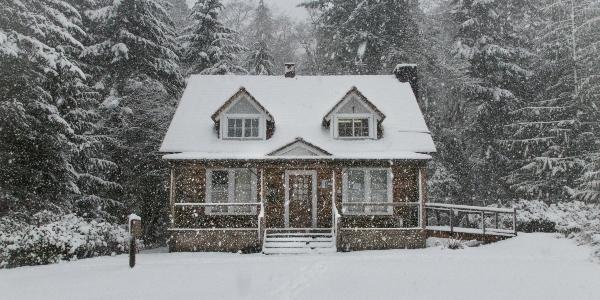Working Safely in the Winter

By Karen L. Edwards, RCS Editor.
Clearing snow from rooftops is one way to keep crews busy in the winter but keep safety in mind for your workers.
OSHA advises that employers must evaluate snow removal tasks and have a plan how to perform the work safely. Prepare and educate workers of the unexpected hazards that they may face on the roof. Roofs could possibly have several layers of ice that form as temperatures drop. Snow on rooftops is also quite heavy so the building must be evaluated to ensure that the roof is safe to be on.
Snow hides many potential hazards such as skylights. It’s important to review the building’s roof plan to ensure you know where those hazards are hiding. For certain buildings, employers may want to consider using snow removal methods that don’t require walking on the roof such as aerial lifts and snow rakes or applying snow melt from ladders.
OSHA’s hazard alert for workers removing snow from roofs and other elevated surfaces advises contractors to plan now, before the snow starts to accumulate. They advise thinking about what is needed to safely remove the snow from your customers’ buildings and what safety gear will be needed to keep workers safe.
In addition to removing snow, remember that working in the cold weather can lead to cold stress. Common types of cold stress include hypothermia, frostbite and trench foot (lengthy exposure to wet and cold). In hypothermia situations workers can appear alert but still be shivering. In moderate to severe situations shivering will stop and confusion, slurred speech, slowed breathing and loss of consciousness may occur. Frostbite is when body tissues freeze (most often in the hands and feet) and symptoms include numbness, reddened skin, gray or white patches and blistering skin. Trench foot can happen even in warmer temperatures if feet are constantly wet.
Prevent cold stress by education your workers about proper attire, access to heating, schedule regular breaks in warm areas. If you do suspect a worker is suffering from cold stress, move them to a warmer place, have them change to dry clothes and wrap them in blankets. In an emergency, always call 911.
Get more industry news and information delivered right to your inbox when you sign up for the RCS Week in Review e-newsletter.
Photo by Sam Beasley on Unsplash




















Comments
Leave a Reply
Have an account? Login to leave a comment!
Sign In